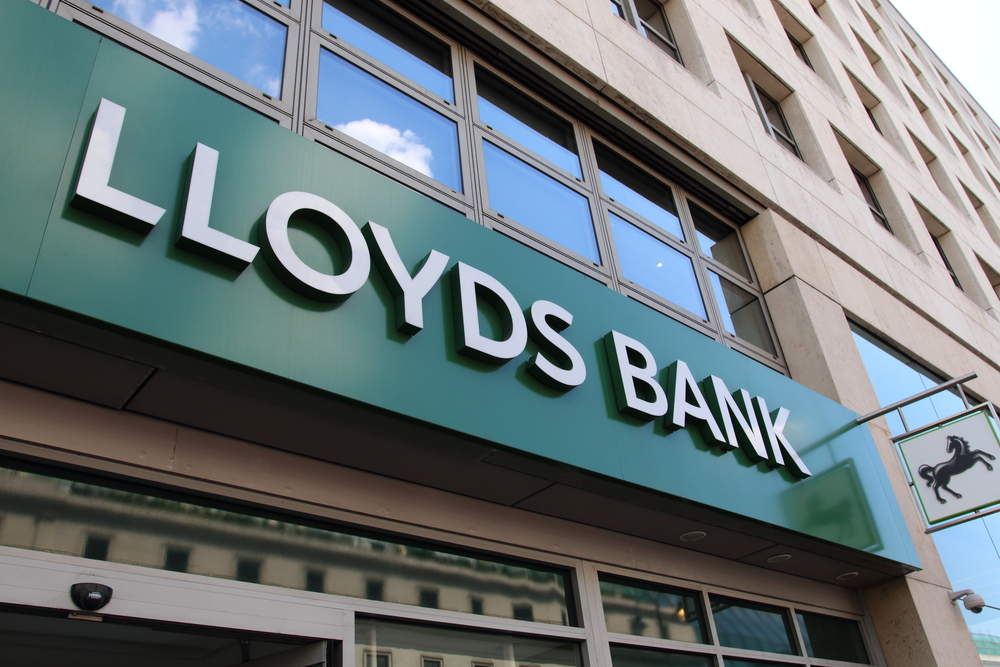Investments in luxury goods and trophy homes are not a new phenomenon for the wealthy. Although the primary incentive for holding these assets is for enjoyment, many industry experts have been assessing their investment potential. Coutts has released the 2015 update to its Index that tracks the performance of 14 such "passion assets", John Schaffer reports
The 2015 edition of the Coutts Index revealed that passion assets have risen by 80% since the beginning of 2005, and have been relatively stable during the financial crisis experiencing negligible losses between 2007 and 2009.
The 2015 update to the Coutts Index – revealing the performance of 14 of the most popular "passion assets"- however showed only modest results for the index in 2014, with a growth rate of 0.8%. However, the index – now in its second year – encompasses performances for a rather diverse range of assets, from fine wine to property for leisure purposes, which means that not many assumptions can be made from the total index figure.
At the top end of performance scale was the growth in classic cars – up 40% in 2014 with a five fold increase in the past nine years. Rare cars can often have an ostentatious value that allows the rich to signify their wealth, which may account for the significant growth rate.
Mohammad Kamal Syed, head of financial advice and investment at Coutts, says that the appeal of these passion assets is that they have "intrinsic value".
How well do you really know your competitors?
Access the most comprehensive Company Profiles on the market, powered by GlobalData. Save hours of research. Gain competitive edge.

Thank you!
Your download email will arrive shortly
Not ready to buy yet? Download a free sample
We are confident about the unique quality of our Company Profiles. However, we want you to make the most beneficial decision for your business, so we offer a free sample that you can download by submitting the below form
By GlobalData"They are tangible and bring value to their owners that traditional assets cannot.
"Classic cars are a great example of a passion asset that you can get your hands on and experience in a very physical way," Syed says.
However, the classic car market is the exception rather than the rule for growth in passion investments during 2014. The image has not been quite as rosy when it comes to luxury watches, for instance, where the asset class contracted by 17.6% in 2014. This was not the only loss amongst the 14 passion assets, with fine wine at
-9.4%, billionaire residential properties at -2.2%, and traditional Chinese works of art at -13.3%.
Although losses are certainly not favourable for HNWI investors, this is one area where the wealthy are less motivated by investment performance. Passion assets, in general, are not driven by a speculative approach. Wealthy individuals want to own these assets through desire or for status in an attempt to fully enjoy their wealth.
Syed says that "profit may be the furthest thing from the mind of the investor", when it comes to passion assets.
The fine art market gained publicity during 2015 with the headline purchase of Picasso’s Les Femmes d’Alger at Christie’s auction house, setting a new record for an art sale at $179.4m. However post-war, contemporary, impressionist and modern art only made modest gains in 2014. Conversely, Old Masters and 19th Century art rose by a healthy 10.7%. Olivier Camu, deputy chairman of impressionist and modern art at Christie’s, spoke to PBI in April and said that although there has been growth in certain areas of the art market, Christie’s bidders are driven by passion rather than speculation:
"There was a speculative bubble in 1989, fuelled by the Japanese mainly. Then we would often see works being bought and resold at auction within 12 months’ time. Now, collectors generally keep their art and if one keeps something for 10 years or more then it is not speculation."

Desirable property
Half of the Coutts Index 2015 has been allocated towards trophy property, which is divided into billionaire residential properties in ten global capitals, and leisure properties in the most desirable leisure destinations.
The properties represent the most sought after, bespoke homes internationally that allow the wealthy to acquire a "seat at the table", as Stephen Rees, head of real estate advisory at Coutts suggests.
However, high value property in London – one of the most popular destinations for the world’s wealthy – experienced unremarkable performance in 2014. This was also reflected internationally as "Billionaire" grade property fell by 2% and "leisure" property grew slightly by 0.1%.
Hidden costs
One area where passion investments can cause difficulty for HNW investors is in the hidden costs that are involved. Merely storing assets such as historic pieces of fine art can have high storage and maintenance costs.
Coutts has broken down the costs involved into transaction costs, insurance and depreciation. These can be applied to both luxury property purchases and collectables – an issue that is not often apparent with the more conventional asset classes that the wealthy invest in.
Although the Coutts Index 2015 indicates that passion assets have performed favourably in the long term, these added costs will have to be taken into consideration if any investment potential is to be realised.








